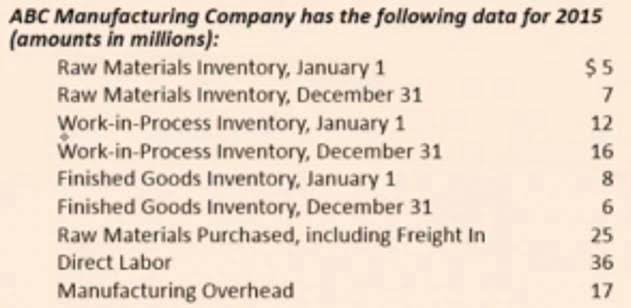
Operating profit is useful to know because you can use it to compare companies in states that may have different tax rates. You can also use it to determine if a company is managing operating expenses effectively. And each industry’s typical profit margin range depends on its Law Firm Accounting: The Ultimate Guide COGS and operational needs. Think about the difference between a restaurant, a dental practice, and an independent technology consultant—their revenue and expenses are vastly different. Restaurants tend to have high COGS, as meal preparation requires perishable ingredients.
Is 50% a good net profit margin?
You may be asking yourself, “what is a good profit margin?” A good margin will vary considerably by industry, but as a general rule of thumb, a 10% net profit margin is considered average, a 20% margin is considered high (or “good”), and a 5% margin is low.
Average order value is the average dollar amount a customer spends per transaction in your store. This is a penny-wise approach and a bad way to do business in today’s highly social and connected world. If you’re not losing money on orders to quickly and proactively resolve customer problems, you’re missing out on the chance to improve net profit margin. While the borrower’s ability to service the requested debt is paramount, current debt service and profit are also important to the equation. For comparison, this image shows profit margins over time for certain sectors of the retail industry.
How to increase your profit margin
Or, to put it another way, a profit margin shows how much revenue a company can keep as profit. For example, a 60% profit margin would mean a company had a profit of $0.60 for every dollar of revenue generated. Every company is unique, so the yardstick you measure your profit margins against isn’t the same one your neighbor uses. What’s considered a “good” range varies across industries—restaurants average a slim 6–8%, whereas the advertising and public relations industry averages a more generous 11–20%.

Sometimes, you’ll also see companies reducing discretionary business expenses (equipment maintenance, research and development, marketing, etc.) to increase the net profit margin. That’s why it’s best to consider different financial ratios and metrics before investing in a company. Higher gross profit margin ratios generally mean that businesses do well at managing their sales costs.
Limitations of Net Profit Margin
It’s essential to consider these limitations when interpreting your net profit margin. We believe everyone should be able to make financial decisions with confidence. You can also lower expenses such as insurance, equipment repair, shipping, and business software by negotiating lower rates or downgrading https://kelleysbookkeeping.com/law-firm-accounting-the-ultimate-guide/ existing services. If you can find ways to reduce your expenses, such as using more inexpensive suppliers or cutting back on non-essential expenses, then you’ll be able to increase your margin. As you can see from the image, the Excel file allows you to input various assumptions over a five year period.

Larger profit margins mean that more of every dollar in sales is kept as profit. It’s best to utilize several ratios and financial metrics when analyzing a company. Net profit margin is typically used in financial analysis along with gross profit margin and operating profit margin. Both gross and profit margins provide valuable insight into the financial health of a business. These values measure how effective a company currently is at earning a profit based on the goods and services sold. The difference between the two involves the factors used to determine profitability.